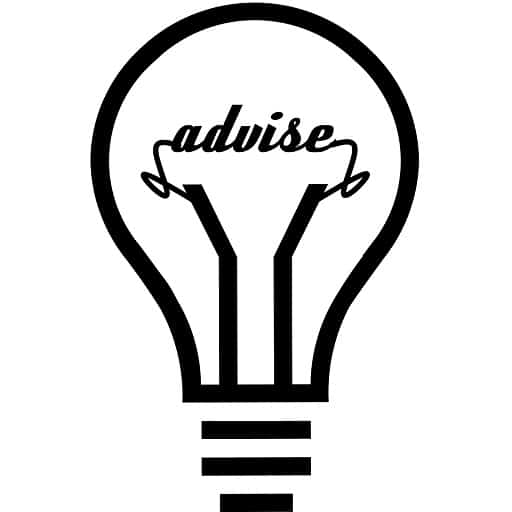You’ve been there — standing in the aisle of a home improvement store, pondering the many types of light bulbs available. You need to replace a bulb, but the exact wattage isn’t available. It’s tempting to just grab a 60W bulb even though the socket says 40W. But have you ever wondered, what happens if you put a 60W bulb in a 40W socket? Let’s delve into the topic and shed some light on the matter.
The Basics of Wattage
First, let’s understand what wattage means. Wattage is a measure of electrical power. In simple terms, a 60W bulb consumes 60 watts of power, whereas a 40W bulb consumes 40 watts. The socket will have a specific wattage rating, indicating the maximum amount of power it can safely handle.
Overloading the Socket
When you place a 60W bulb into a 40W socket, you’re essentially asking the socket to handle more electrical current than it was designed for. Over time, this can lead to several risks:
1. Overheating
The most immediate risk is that of overheating. The socket, wires, and even the fixture itself can get excessively hot when overloaded. Overheating can damage these components, shortening their lifespan.
2. Fire Hazard
Continual overheating can potentially lead to a fire. This risk increases if the wiring in your home is old or not up to code. So it’s not just a matter of possibly damaging your socket or fixture — this is a serious safety issue.
3. Decreased Energy Efficiency
Using higher-wattage bulbs also means you’re using more energy. This can result in a spike in your energy bill, making it a less efficient choice in the long run.
Is it Ever Safe?
Some modern fixtures and sockets are designed with safety features that may reduce the risks. However, it’s crucial to abide by the manufacturer’s recommendations. If the fixture states a maximum of 40W, it’s designed to dissipate enough heat only for a 40W bulb.
What are the Alternatives?
1. LED Bulbs
LED bulbs provide an excellent alternative because they emit the same amount of light as traditional bulbs but at a significantly lower wattage. You could easily find an LED bulb that emits as much light as a 60W incandescent bulb but only consumes 10W of power, thus staying within the safe limits of your 40W socket.
2. Check for Dimmable Options
If your fixture is paired with a dimmer switch, you may be able to safely use a 60W bulb by keeping the brightness turned down. However, this isn’t a foolproof solution and should only be considered if the manufacturer approves it.
3. Use Multiple Fixtures
If you need more light in a room, consider installing multiple fixtures instead of overloading one. This spreads the electrical load, reducing the risk of overheating and potential fire hazards.
In Conclusion
So what happens if you put a 60W bulb in a 40W socket? Simply put, you’re playing with fire — both literally and figuratively. The socket and the fixture can overheat, and the risks extend to possible fire hazards and increased energy consumption.
Safety should always be your top priority. Stick to the manufacturer’s guidelines, consider energy-efficient options like LED bulbs, and keep your home and loved ones safe. After all, cutting corners is not worth the risk when it comes to electrical safety.

